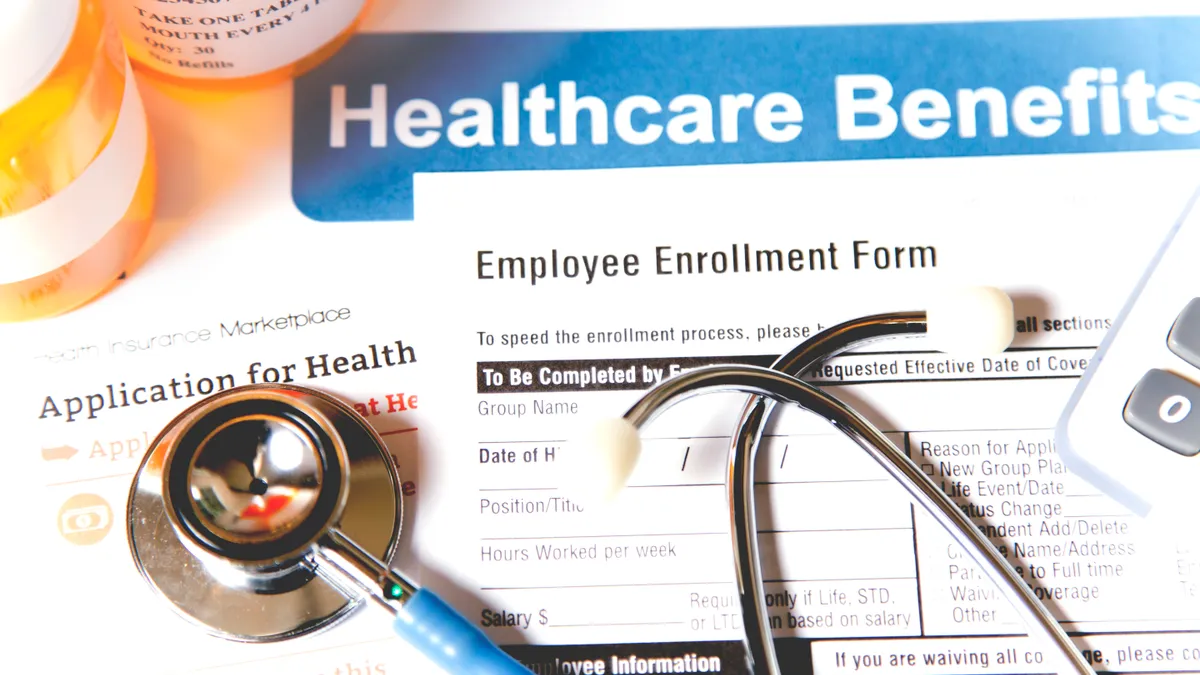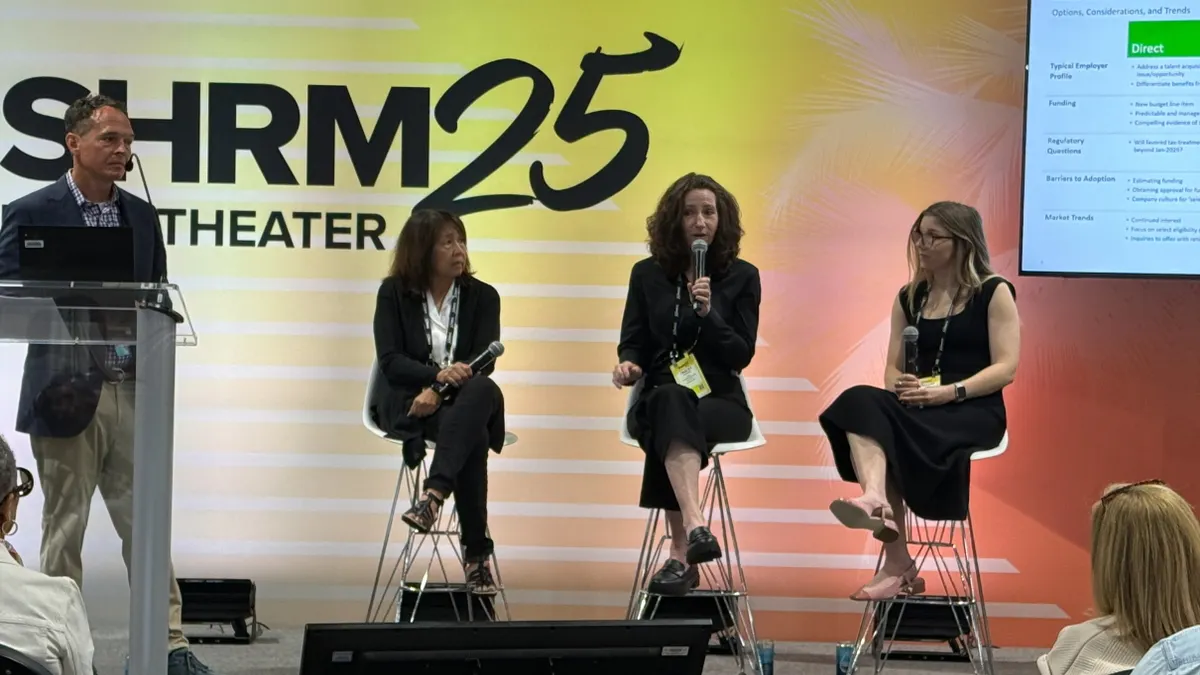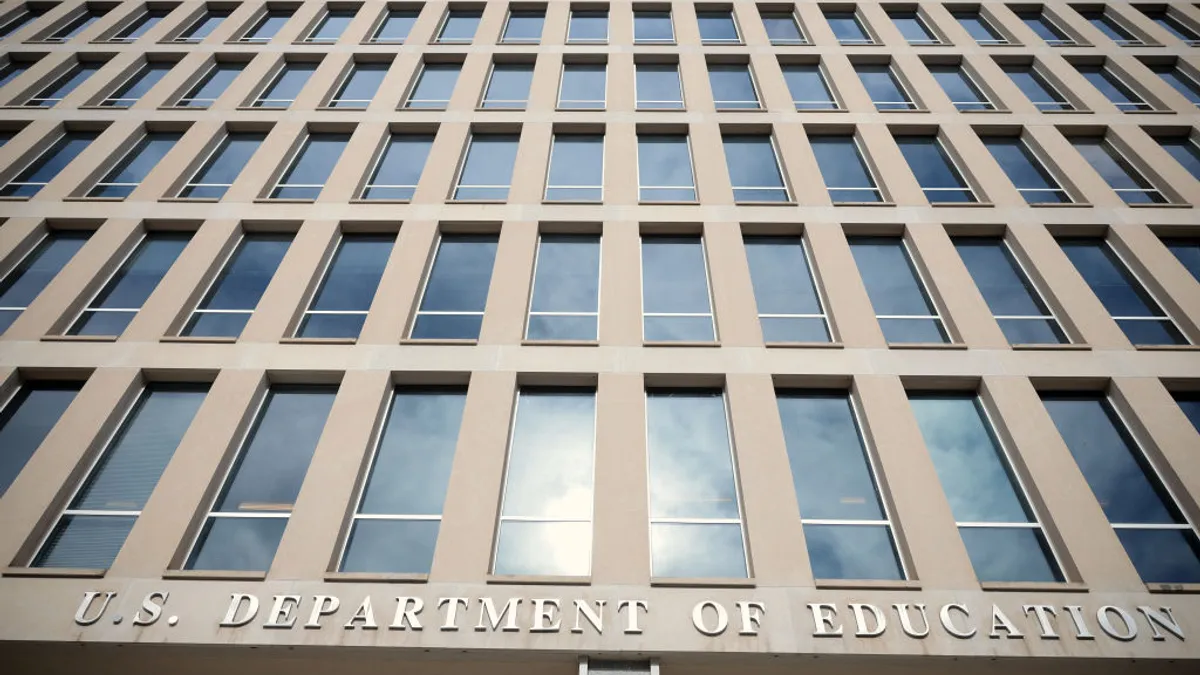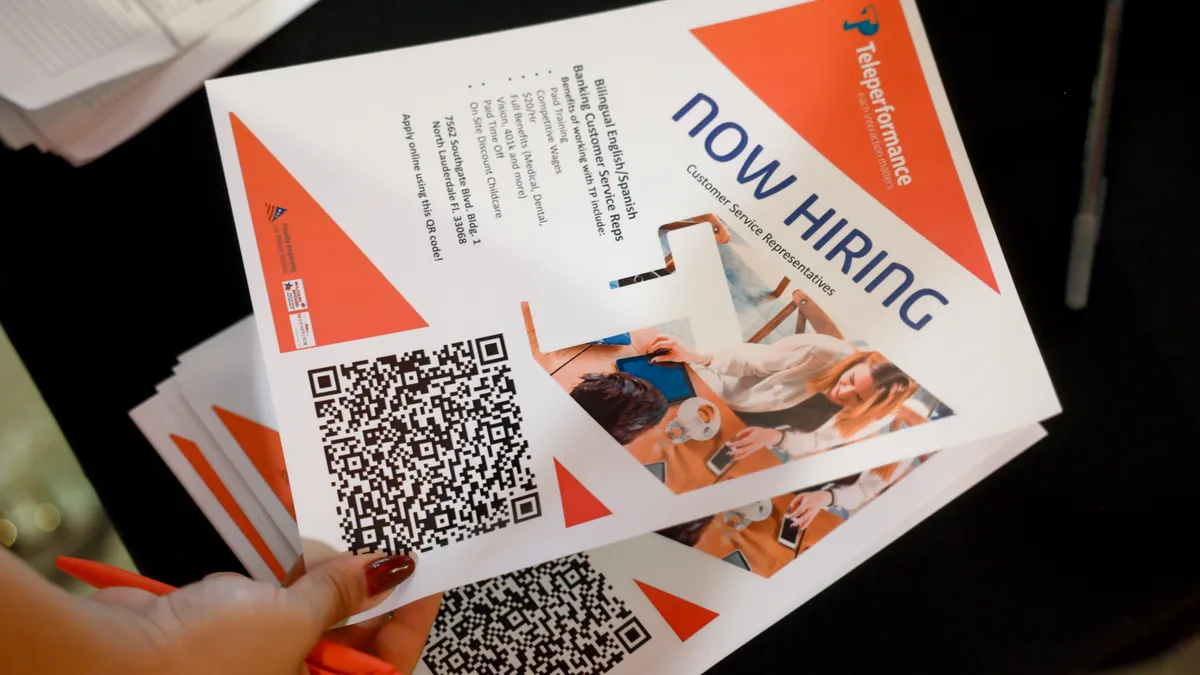The first two days at the Benefits Forum and Expo could be defined by three words: "In real time." Instant gratification, instant data, instant ROI — in a 24/7 world, benefits may finally be aiming to keep up.
At BFE last year, private exchanges and compliance with the ACA were top of mind. This year, personalization and the power of digital healthcare have played a large role in a many sessions. Employee engagement is still the Holy Grail, especially regarding benefits. Many believe personalization, tied directly to push notifications and other mobile-centric strategies, is the way to go.
In a healthcare system more adept at gathering data, it makes sense that newer innovations in the space would rely heavily on that data. As many have shown at BFE, data-driven incentives backed by a personal experience adds up to savings in the long run — and potentially a transformation of the healthcare business overall.
A variety of sessions were helpful in determining where this new tech is going and what employers can do to take advantage of it now.
The rise of personalization
In one of the quick, 15 minute sessions called "EBN Live," Sam Patel, SVP of sales and revenue at Newtopia, Inc., spoke on how personalization is improving the control of disease in the workforce. He presented a common theme: Behavior change is the obvious, wanted solution for many chronic diseases — but how do you get employees to actually commit to change, a struggle even when their lives are at risk?
Patel's presentation was one of the first at the conference to present the "one size fits none" mentality that's begun to take hold in the space. Any successful behavioral change program has to account for the personality, motivators and readiness to change of each individual, he said. Newtopia found a niche by creating a powerful mobile app and combining it with a distinctly human element. It matches human coaches — as well as a group of peers — to participants via personality testing (another example of data gathering) to ensure a good experience.
Newtopia's example largely surrounded "metabolic syndrome" and pre-diabetes. Diabetes is often used as an example of the power of these tools due to its wide-ranging physical, mental and financial impacts. The tools are apparently working. Newtopia recently completed a study alongside Aetna showing that personalized disease prevention programs show positive ROI within the first year.
So how do you maintain that pressure?
Making incentives work for you
Beyond personalization, motivation and ease of use are keys to creating a healthy behavior change, said Matthew Loper, CEO of Wellth, during his own EBN Live presentation. Essentially, employees have a "strong bias" toward immediate gratification, which employers can use to their advantage.
Wellth keeps the incentives — and the gratification — simple. It uses an AI-enhanced mobile app that helps log employee behaviors and rewards them with cash if they keep up with good habits, like taking their pills on time. At the beginning of each month, Wellth offers up $150 to participants. If they go the whole month taking all their doses, the participants get the money in a pre-paid debit card. If they miss any doses, they lose $2 off the $150 per missed dose.
While Loper's program focuses more on those who need chronic health tracking capabilities, companies like Healthcare Bluebook are using money incentives to encourage employees of all types to shop around for good value (high quality, low cost) healthcare providers. Finding good healthcare for comparatively lower prices has a direct impact on company ROI, including both employee satisfaction and employer spend. Transparency tools similar to Healthcare Bluebook are on the rise thanks to more employers opting for high-deductible health plans.
Incentives can be done incorrectly, Loper notes. An employer must be careful to provide incentives for behaviors, not outcomes, or else no change in habit will be achieved. And while the data-gathering capabilities for transparency tools have evolved, getting employees to actually use the data is a whole new struggle.
Challenges to the model
Employers can bridge personalization and incentives by training the consumer to go to the correct place for help, Nancy Reardon, chief product officer at Maestro Health, told HR Dive. That may require a combination of push notifications at the right time in the right place with incentives depending on what that employee needs.
The tech is not quite there yet, Reardon said, but employers do have work to do when it comes to targeting employees at the right time.
"We don't do a good job of educating employees up front," she said. Relevant information about offerings like transparency tools should be present during enrollment and should appear whenever an employee looks to schedule a surgery or other types of planned care — a form of personalization that is present in certain tech offerings right now. By educating employees at the right time, it helps them to build a good habit, Reardon said.
A bigger problem down the road is that employers may not have access to the right data to create these programs. Insurance carriers aren't being open about claims data, which makes incentives and personalization difficult to implement, Reardon said. Additionally, even though "cash is king," according to the panel, it is not always the best possible motivator.
The future may be in gamification, she added. Incentives that are largely behind the scenes — money in an HSA, for example — don' have the same impact as perhaps a badge you could visibly earn immediately.
Bigger impacts may come farther out in the future. Overtime, transparency tools may help make some changes in the industry, the panel noted.
"No one really examines details of medical bills," Reardon said. Making employees better consumers aims to improve healthcare pricing in the long-run — or at least make it less opaque.





















